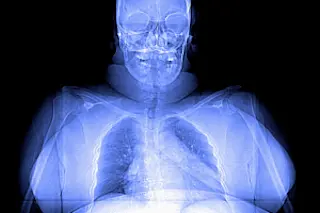The rate of obesity in American adults was supposed to have fallen to 15 percent or less by now. But not one state has achieved this goal, set forth a decade ago by the Department of Health and Human Services in its report “Healthy People 2010(pdf).” In August the Centers for Disease Control and Prevention (cdc) announced negative progress: The number of states reporting a 30 percent obesity rate has jumped from zero to nine.
“Obesity rates in some states are still screaming up the curve,” says J. Michael Gaziano, a cardiologist at Brigham and Women’s Hospital in Boston, who dubbed our era the “Age of Obesity and Inactivity” in a January 2010 editorial in the Journal of the American Medical Association. Mississippi now has the highest rate of obesity in the country, with 34.4 percent of adults affected, according to the cdc. Other states topping 30 percent include Missouri, ...















